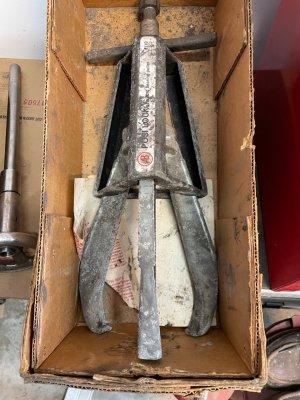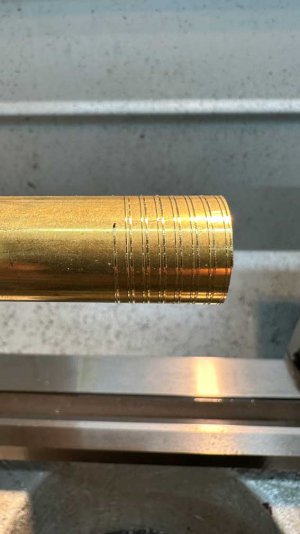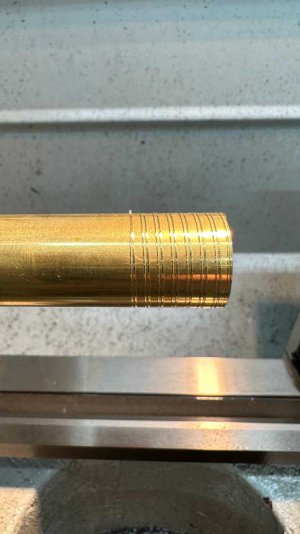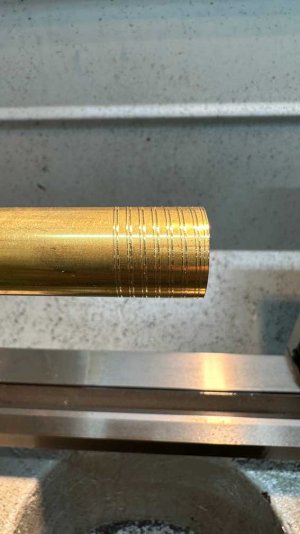I don’t believe so, because it happens every time. For a 24 TPI thread I should be able to engage anywhere with the 1/2 nut, not even looking at the dial. As I’m just starting, I pick a number, typically 2 or 4. If I stay with that number, everything is fine. If I choose 4 or 2 respectively, meaning the opposite of what I started at, I get what appears to be a quarter thread.
Threading in reverse, away from the chuck, I don’t get this. The threads are dead on, every time, with 16, 24, and 28. (the only threads I’ve tried so far.)
I’m wondering if maybe one side of the 1/2 nut isn’t messed up from the fall….???





